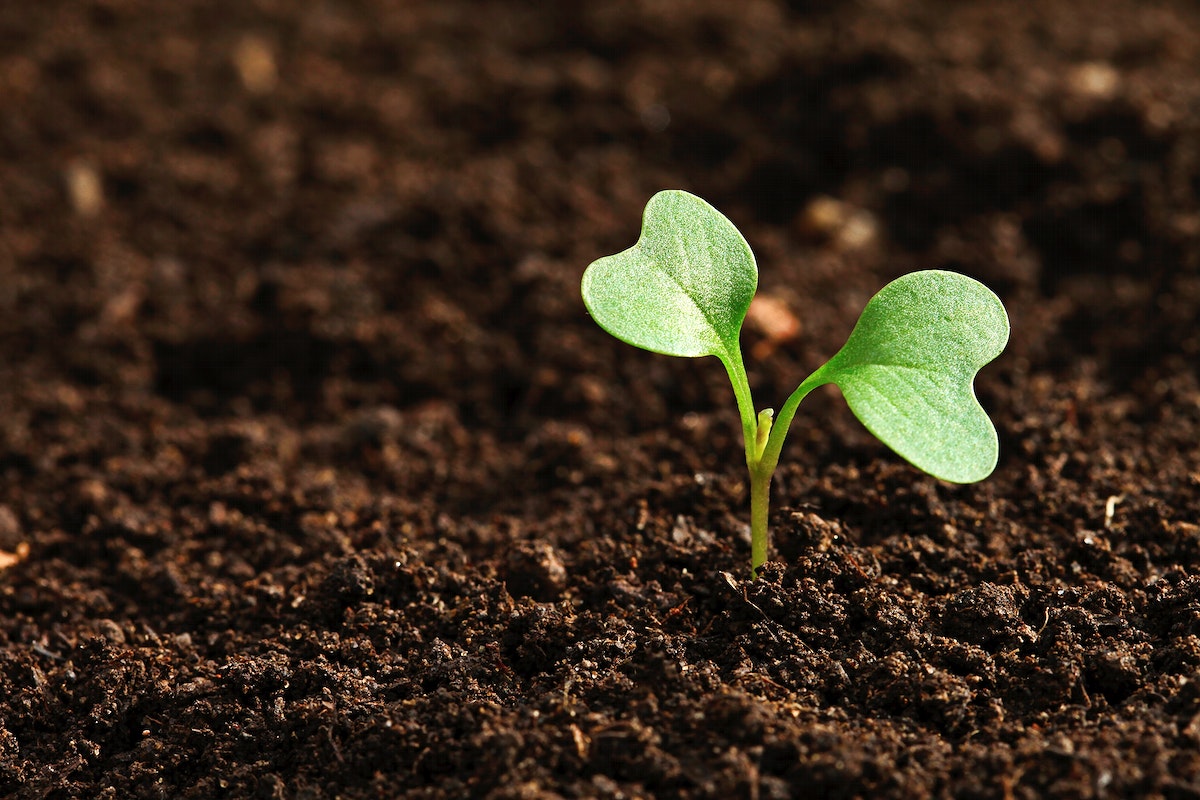Composting is more than just an eco-friendly habit—it’s a simple way to reduce waste, enrich your garden, and contribute to a sustainable world. If you’re new to composting and looking to make a positive change in your daily routine, this comprehensive guide will walk you through the basics and beyond, making the process approachable for every beginner. Let’s dig into composting 101 and help you turn kitchen scraps into garden gold!
What Is Composting and Why Should You Start?
Composting is the natural process of recycling organic matter—like food scraps and yard waste—into a valuable fertilizer that can enrich soil and promote plant growth. By composting, you’re not just cutting down on landfill waste. You’re also creating a nutrient-rich product that your garden or houseplants will love.
A staggering amount of household waste is organic and compostable. Instead of tossing it out, imagine reducing your environmental footprint while improving your garden’s health. Composting is an accessible step toward sustainability that’s suitable for everyone, no matter where you live.
How Does Composting Work?
At its core, composting relies on microorganisms—tiny bacteria and fungi—as well as worms and insects to break down organic material. Under the right conditions, these helpful beings turn your leftovers and lawn clippings into rich, dark compost. The process needs four essential ingredients:
- Greens (Nitrogen-rich materials): fruit and vegetable scraps, coffee grounds, eggshells, fresh grass clippings.
- Browns (Carbon-rich materials): dried leaves, cardboard, shredded newspaper, twigs.
- Air (Oxygen): for aeration and to avoid bad odors.
- Moisture: keeps everything breaking down efficiently.
Balance is key: you want your compost pile to have roughly equal amounts of greens and browns to maintain harmony.
Choosing a Composting Method That Suits You
You don’t need a massive backyard to get started. From rural gardens to city apartments, there’s a composting style for everyone.
Outdoor Compost Bins and Piles
- Compost Bin: Perfect for most gardens. Retains heat and keeps out pests.
- Compost Pile: A no-fuss, open version for those with extra space.
Indoor Composting: Small Space Solutions
- Worm Bin (Vermicomposting): Uses red wiggler worms to break down food scraps quickly indoors.
- Bokashi Bin: Uses beneficial micro-organisms to ferment scraps (including dairy and meat) for easy indoor composting.
Consider space, climate, and lifestyle before picking your method. For beginners, a simple enclosed bin or starter worm bin makes an excellent choice.
Step-By-Step: Setting Up Your First Compost Pile
Jumping into composting doesn’t have to be complicated. Follow these steps for a smooth start:
1. Gather Your Materials
- A compost bin or create a simple pile in a corner of your yard
- Browns: shredded newspaper, dried leaves, cardboard
- Greens: kitchen scraps, grass clippings
- A pitchfork or shovel for turning
2. Build Your Pile Correctly
- Start with a layer of browns at the bottom to promote aeration.
- Add layers of greens and browns, alternating as you go.
- Keep the materials as small as possible for faster breakdown (chop up large items).
- Moisten each layer as you add it (it should feel like a wrung-out sponge).
3. Maintain Your Compost
- Turn the pile every few weeks to add air and speed up decomposition.
- Check Moisture: If it’s dry, add a little water; if soggy, mix in more browns.
- Monitor Temperature: Warmth is a sign your pile is working. In cool weather, you can insulate it with straw or a tarp to keep decomposition going.
What Can (and Cannot) Be Composted?
Knowing what to add is a simple but crucial aspect of composting for beginners.
Compostable (“Yes” List)
- Fruit and vegetable scraps
- Coffee grounds and filters
- Tea bags (no plastic)
- Eggshells
- Grass clippings
- Leaves
- Shredded paper/newspaper
- Hair and fur
- Cardboard
Not Compostable (“No” List)
- Meat, fish, or dairy products
- Greasy or oily foods
- Diseased plants
- Pet waste from meat-eating animals
- Plastic, glass, or metals
- Synthetic chemicals
Following these guidelines helps avoid bad smells, pests, and ensures your compost is safe for your garden.
Tips for a Healthy Compost Pile
- Chop up larger materials: Smaller bits decompose faster.
- Balance greens and browns: Too much of one causes odors or slows the process.
- Aerate regularly: Turning the pile adds oxygen, discourages pests, and speeds things up.
- Watch the moisture: Stick to the “wrung-out sponge” rule.
- Location matters: Keep your compost in a shady spot to prevent drying out.
Experiment as you go; every compost pile is unique!
Troubleshooting Common Compost Problems
If something isn’t quite right, don’t worry! Common issues have easy solutions.
- Pile smells bad: Likely too wet or too many greens; add more browns and turn it.
- Compost isn’t breaking down: Not enough air or moisture, or pieces are too big; chop and turn.
- Unwanted critters: Avoid adding meat, bones, or dairy; stick to recommended items.
Harvesting and Using Your Finished Compost
After a few months (sometimes a bit longer, depending on your method), your compost will be dark, crumbly, and earthy-smelling—this is “black gold” for your garden.
Where to Use Your Compost
- In the garden: Mix into vegetable beds and flower borders for a vigorous boost.
- For houseplants: Use as a natural fertilizer.
- Lawn care: Topdress your lawn to improve soil structure.
There’s no wrong way to use your finished compost. Plants thrive on homemade, nutrient-dense compost, so use it generously.
The Big Benefits of Composting—for You and the Planet
- Reduces landfill waste: Less garbage means a healthier environment.
- Improves soil: Increases fertility, water retention, and structure.
- Supports wildlife: Healthy soil boosts insects, birds, and pollinators.
- Saves money: Less need for chemical fertilizers and soil conditioners.
By adopting composting, you join a community of eco-conscious gardeners making a real difference.
Final Thoughts: Start Composting Today!
Composting is straightforward and rewarding. It’s a simple shift that enriches your garden, cuts landfill waste, and benefits the environment. Starting is easier than you think—and this beginner’s guide gives you all the tools to make your first compost pile a success.
Ready to reduce your waste and grow healthier plants? Start composting today and be part of the movement towards a greener world!






